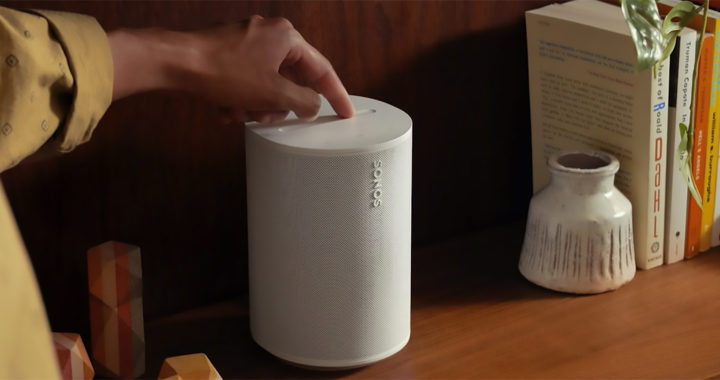The Sonos Era 100 is a wireless smart speaker introduced on 7 March 2023. It succeeds the Sonos One Gen 2 and has been positioned as an affordable version of the Sonos Era 300 and Sonos Move. This device offers great sound quality for its price point and it might be a better option than more expensive smart speakers from Sonos and other brands.
Pros and Cons of Sonos Era 100: Reasons Why You Should and Should Not Buy
Capabilities and Limitations
Quality and versatility are two of the main advantages of the Sonos Era 100. It also has some notable upgrades and performance over the Sonos One Gen 2. However, considering its price, it is not as good as more expensive speakers from Sonos and other brands. The following is a rundown of its main features and their descriptions:
• Sound Quality: This smart speaker has a 25 percent larger woofer than the Sonos One. It also features stereo playback with its dual angled tweeters. Note that its predecessor has a mono configuration. It also performs better thanks to its 47 faster processor and a newer neural co-processor than the Sonos One. The custom waveguides help in a louder dispersion of sound waves to fill in a room. The overall sound is powerful with detailed stereo separation and decent but not massive bass.
• Design: Aesthetics represent another notable selling point of the Sonos Era 100. It is marketed as a bookshelf speaker with its stylish, minimalist, and compact design. The overall form factor fits perfectly on a shelf or top of a console table. It is also made of 48 percent high-quality post-consumer recycled plastics and has been assembled using screws rather than glue for easier repair and servicing.
• Software: This smart speaker can be controlled and configured using the official Sonos app that runs on iOS and iPad OS, Android, and Fire OS. Within the app is the Trueplay feature which is a tuning technology that analyzes unique acoustics within a space and optimizes the equalizer of the speaker. The speaker has Amazon Alexa built-in and also is compatible with Apple Music, Spotify, Tidal, and Amazon Music. Optimization allows this speaker to be 50 percent more energy efficient than the Sonos One.
• Voice Control: Remember that the Sonos Era 100 has Amazon Alexa built-in. A user can interface with the device via voice commands. It has a far-field microphone array that used advanced beamforming and multi-channel echo cancellation. It is interesting to note that the mic can be disconnected through a switch toggle to protect user privacy. The main drawback is that this speaker does not support Google Assistant.
• Connectivity: This smart speaker connects to devices via Wi-Fi 6. It also now has support for Bluetooth connection although the specific hardware is the rather outdated Bluetooth 5.0. Support for Apple AirPlay 2 is another interesting feature. This makes it a contender against the Apple HomePod 2nd Gen and the HomePod Mini. A USB-C port on the back allows it to connect to an adapter that supports a wired Ethernet connection and a 3.5mm auxiliary input for connecting older devices.
Final Verdict and Takeaways
The Sonos Era 100 is a sleek home device with notable sound quality and respectable features befitting a smart speaker. It can fill a medium-sized room and can be used as part of a smart home system and an entertainment center. Sound quality is definitely one of its main advantages but its software features also provide a remarkable selling proposition.
Existing users of the Sonos product line or those who want to upgrade to a newer set of Sonos speakers might find choosing the Sonos Era 100 a good purchasing decision. Remember that it has notable improvements over the previous Sonos One Gen 2.
But is not cheap. It retails for USD 249.00 but this price could go down in the future with the release of newer models and generations. It is still an expensive wireless speaker compared to alternatives in the market including the Sonos One SL, Google Nest Audio, the fourth-generation Amazon Echo, and Apple HomePod Mini.
The absence of support for Google Assistant is also a deal breaker for consumers who use this virtual assistant application in their smart home systems or who are dependent on the entire Google or Android product ecosystems.






